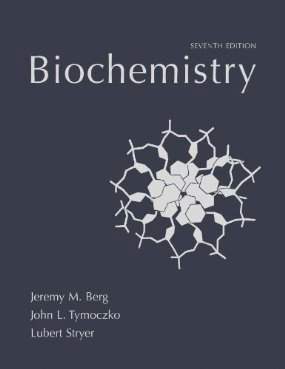Connecting...

For more information, please see full course syllabus of Biochemistry
Biochemistry Hexose Derivatives & Reducing Sugars
This lecture starts by explaining how to get the ring form of a sugar from the linear form. It then covers the alpha and beta anomers of glucose as well as how to draw them using perspective in different conformations. Terms like equatorial/axial and chair/boat are used to describe the orientations and conformations of different structures. Some key hexose derivatives include beta-glucosamine (which is derived from beta-D-glucose), N-acetyl-beta-glucosamine, beta-glucose-6-phosphate, D-gluconate (gluconic acid when protonated), and glucono-delta-lactone. The topic of reducing sugars is based on the oxidation of sugar molecules. They can donate electrons to metals when needed. This lecture uses the example of beta-galactose as a reducing agent. Reducing sugars are oxidized by Cu²⁺ or Fe³⁺ to their aldonic acid forms, which then can form another ring such as a delta-lactone.
Share this knowledge with your friends!
Copy & Paste this embed code into your website’s HTML
Please ensure that your website editor is in text mode when you paste the code.(In Wordpress, the mode button is on the top right corner.)
- - Allow users to view the embedded video in full-size.










































 Answer Engine
Answer Engine




1 answer
Mon Oct 13, 2014 5:52 PM
Post by Jenika Javier on October 12, 2014
How can we identify the reducing end?
0 answers
Post by Professor Hovasapian on February 10, 2014
Hi Alan.
The Nitrogen has an understood hydrogen. My sincerest apologies: It's been one of my bad habits to ignore hydrogens that do not play a direct role in a reaction.
Hope all is well.
Take care.
Raffi
0 answers
Post by Alan Delez on February 10, 2014
Hello Dr. Hovasapian,
For N-Acetyl-B-Glucosamine does that nitrogen contain an understood Hydrogen or a negative charge? Regards!